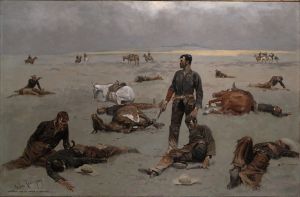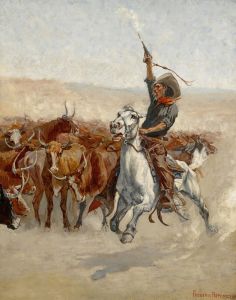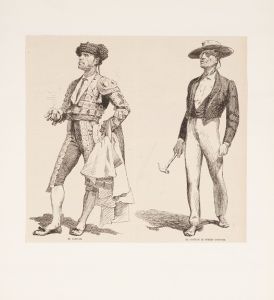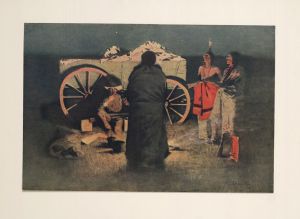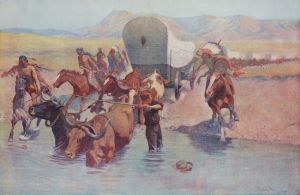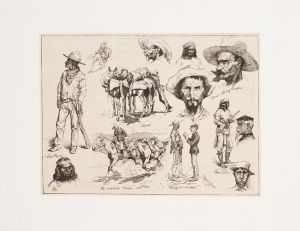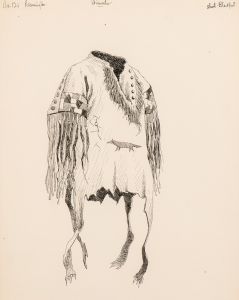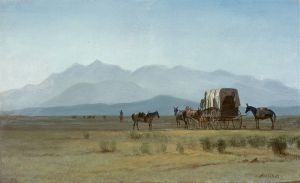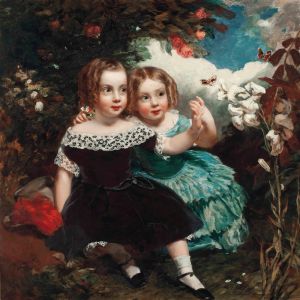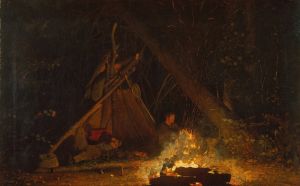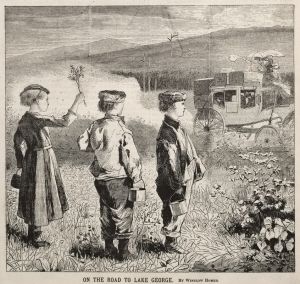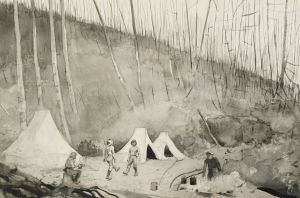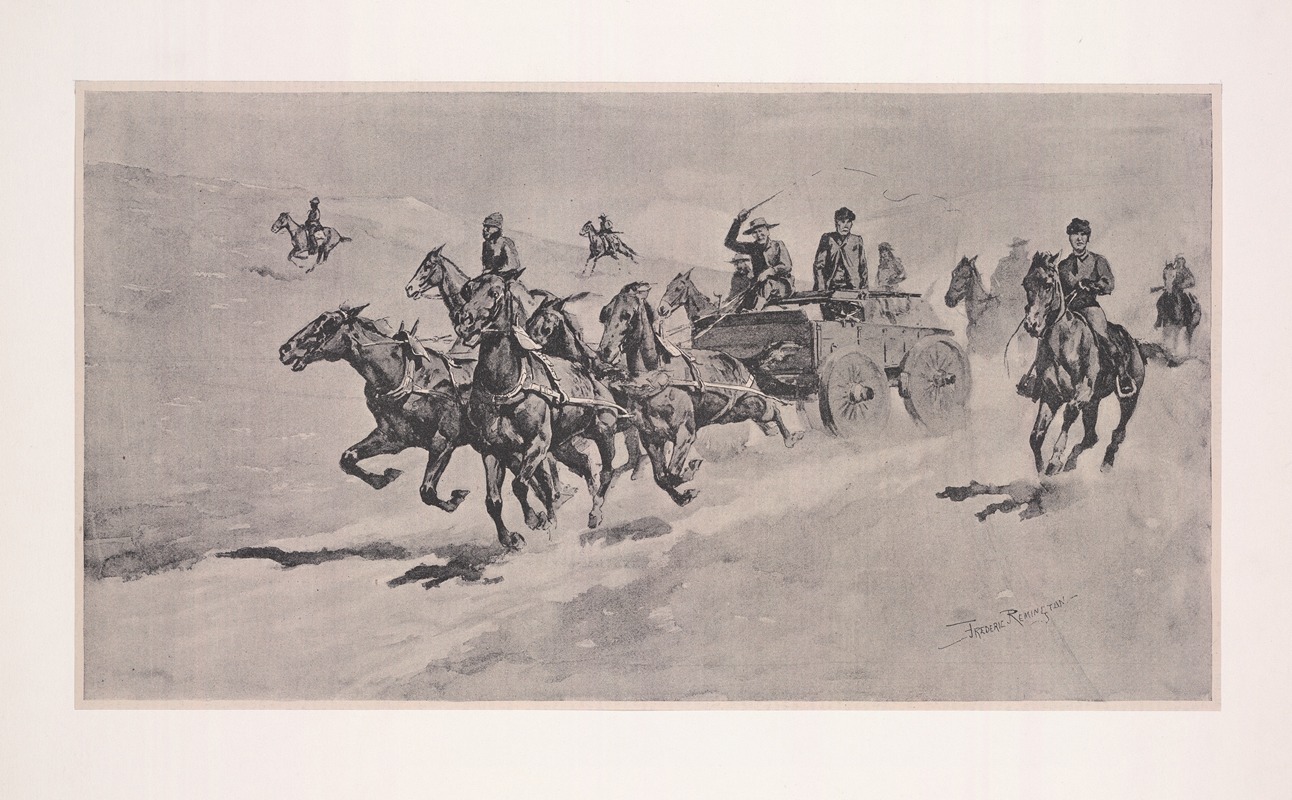
A run to the scout camp
A hand-painted replica of Frederic Remington’s masterpiece A run to the scout camp, meticulously crafted by professional artists to capture the true essence of the original. Each piece is created with museum-quality canvas and rare mineral pigments, carefully painted by experienced artists with delicate brushstrokes and rich, layered colors to perfectly recreate the texture of the original artwork. Unlike machine-printed reproductions, this hand-painted version brings the painting to life, infused with the artist’s emotions and skill in every stroke. Whether for personal collection or home decoration, it instantly elevates the artistic atmosphere of any space.
Frederic Remington was an American painter, illustrator, sculptor, and writer known for his depictions of the American West. His work primarily focused on cowboys, Native Americans, and the U.S. Cavalry, capturing the spirit and challenges of frontier life during the late 19th and early 20th centuries. Among his numerous works, "A Run to the Scout Camp" is one of his notable paintings, although specific details about this particular piece are not as widely documented as some of his other works.
Remington was born on October 4, 1861, in Canton, New York. He attended the Yale School of Art but left before completing his degree. His early career included work as a reporter and illustrator for various publications, which provided him with opportunities to travel to the western United States. These experiences deeply influenced his artistic focus and style. Remington's art is characterized by its dynamic compositions, attention to detail, and ability to convey movement and emotion, which brought the rugged and often romanticized life of the West to audiences in the eastern United States and beyond.
"A Run to the Scout Camp" likely reflects Remington's interest in the themes of exploration and the military presence in the West. His works often depicted scenes of action and adventure, capturing moments of tension and excitement. The painting's title suggests a scene involving a journey or mission to a scout camp, possibly involving cavalry or scouts, which were common subjects in Remington's oeuvre.
Remington's artistic style evolved over his career. Initially, his work was more illustrative, but as he matured as an artist, he began to focus more on painting and sculpture. His later paintings are noted for their impressionistic qualities, with looser brushwork and a greater emphasis on light and color. This evolution is evident in his ability to convey the vastness and beauty of the western landscape, as well as the grit and determination of its inhabitants.
Throughout his career, Remington's work was widely published in magazines such as Harper's Weekly and Collier's, and he became one of the most popular and commercially successful artists of his time. His art played a significant role in shaping the public's perception of the American West, contributing to the mythology and romanticism that continue to surround this period in American history.
Remington passed away on December 26, 1909, but his legacy endures through his extensive body of work. His paintings, sculptures, and illustrations remain highly regarded for their historical significance and artistic merit. While specific information about "A Run to the Scout Camp" may be limited, it is part of the larger tapestry of Remington's contributions to American art and the enduring fascination with the frontier era.





